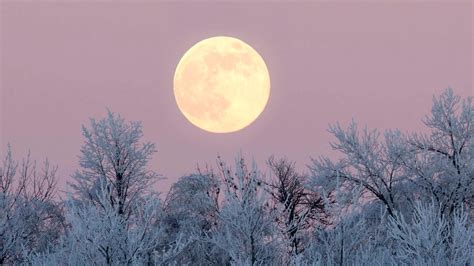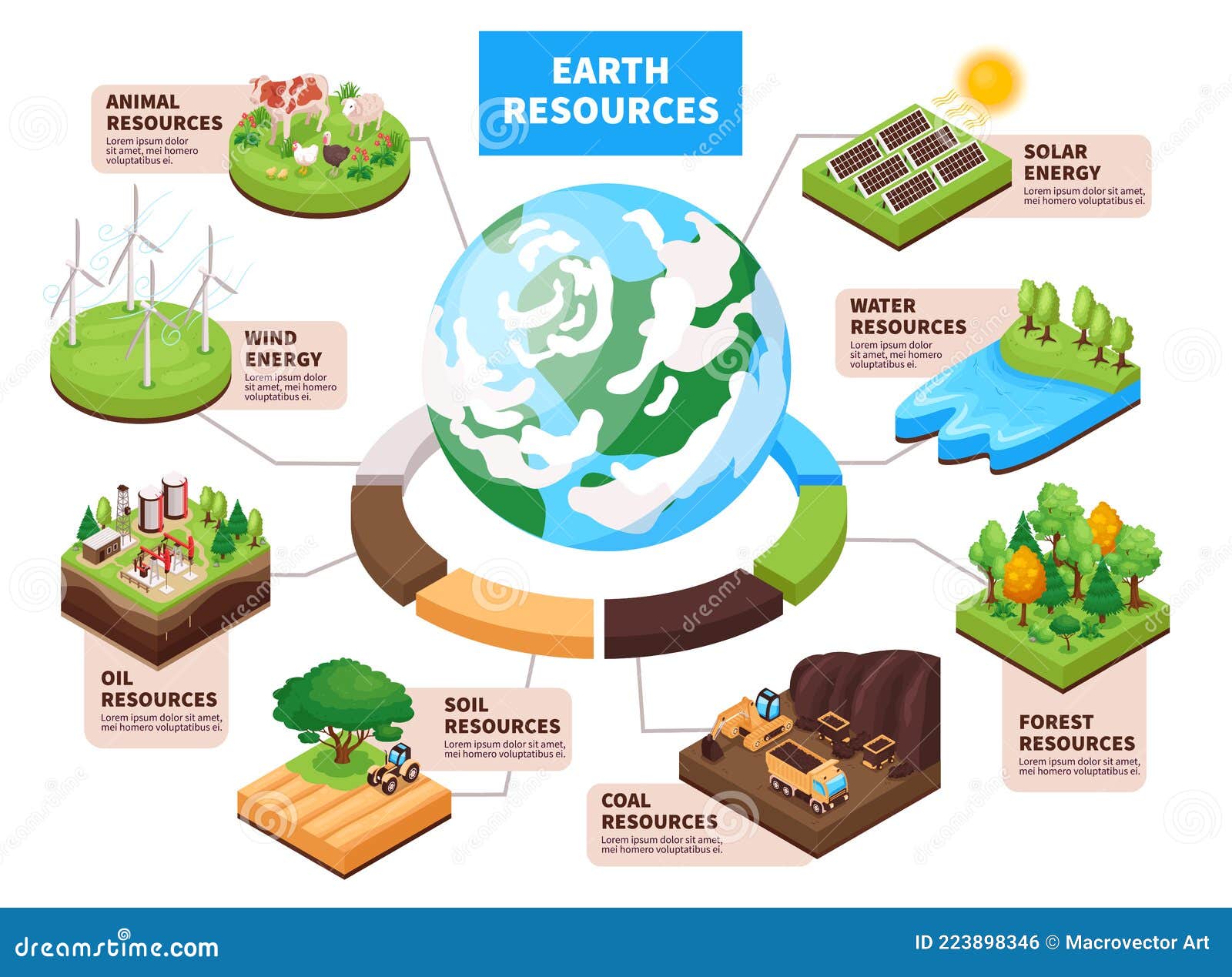The full moon has long been a subject of fascination for humans, with its mesmerizing glow and seemingly mystical effects on our planet. But what exactly is a full moon, and when does it occur?
To understand the timing of a full moon, it’s essential to delve into the basics of lunar phases. The moon orbits the Earth in approximately 29.5 days, a period known as a synodic month. During this time, the moon goes through eight distinct phases, each characterized by a unique combination of illumination and visibility from our planet. The phases are: new moon, waxing crescent, first quarter, waxing gibbous, full moon, waning gibbous, last quarter, and waning crescent.
A full moon occurs when the moon is on the opposite side of the Earth from the sun, resulting in the entire face of the moon being illuminated by the sun’s light. This alignment is known as opposition, and it’s the reason why the full moon is often visible all night long, rising in the east at sunset and setting in the west at sunrise.
The frequency of full moons is relatively consistent, with approximately 12 to 13 full moons occurring in a single year. However, the exact date and time of a full moon can vary significantly due to the elliptical shape of the moon’s orbit and the tilt of its axis. As a result, the full moon can occur at any time of day or night, depending on the viewer’s location and the moon’s position in the sky.
To determine when the next full moon will occur, astronomers and lunar enthusiasts rely on complex calculations that take into account the moon’s orbital parameters, the Earth’s rotation, and the sun’s position in the sky. These calculations are typically performed using sophisticated computer algorithms and astronomical software, which can predict the timing of full moons with remarkable accuracy.
Despite the accuracy of these predictions, there are still some fascinating anomalies and exceptions that can affect the timing and appearance of full moons. For example, a blue moon – which occurs when there are two full moons in a single calendar month – is a relatively rare event that happens only about once every 2.7 years. Similarly, a lunar eclipse, which occurs when the Earth passes between the sun and the moon, can temporarily alter the timing and visibility of a full moon.
In conclusion, the full moon is a captivating and complex phenomenon that has been studied and revered for centuries. By understanding the lunar phases, orbital mechanics, and astronomical calculations that govern the timing of full moons, we can appreciate the beauty and significance of this celestial event. Whether you’re an avid astronomer or simply a curious observer, the full moon is an experience that can inspire wonder, awe, and a deeper connection to the natural world.
Key Takeaways

- The full moon occurs when the moon is on the opposite side of the Earth from the sun, resulting in the entire face of the moon being illuminated.
- The frequency of full moons is relatively consistent, with approximately 12 to 13 full moons occurring in a single year.
- The exact date and time of a full moon can vary significantly due to the elliptical shape of the moon’s orbit and the tilt of its axis.
- Astronomers and lunar enthusiasts use complex calculations to predict the timing of full moons, taking into account the moon’s orbital parameters, the Earth’s rotation, and the sun’s position in the sky.
How often do full moons occur?
+Full moons occur approximately 12 to 13 times per year, with the exact frequency depending on the lunar cycle and the Earth's rotation.
What is a blue moon?
+A blue moon is a rare lunar event that occurs when there are two full moons in a single calendar month. This happens because the lunar cycle and the calendar year are not perfectly synchronized.
Can the full moon affect the tides?
+Yes, the full moon can affect the tides, as the gravitational pull of the moon on the Earth's oceans is strongest during this phase. This can result in higher high tides and lower low tides, especially during spring tides.
By exploring the fascinating world of full moons, we can gain a deeper appreciation for the complex and beautiful phenomena that govern our universe. Whether you’re an experienced astronomer or just starting to explore the wonders of the night sky, the full moon is an experience that can inspire awe, curiosity, and a sense of connection to the natural world.



